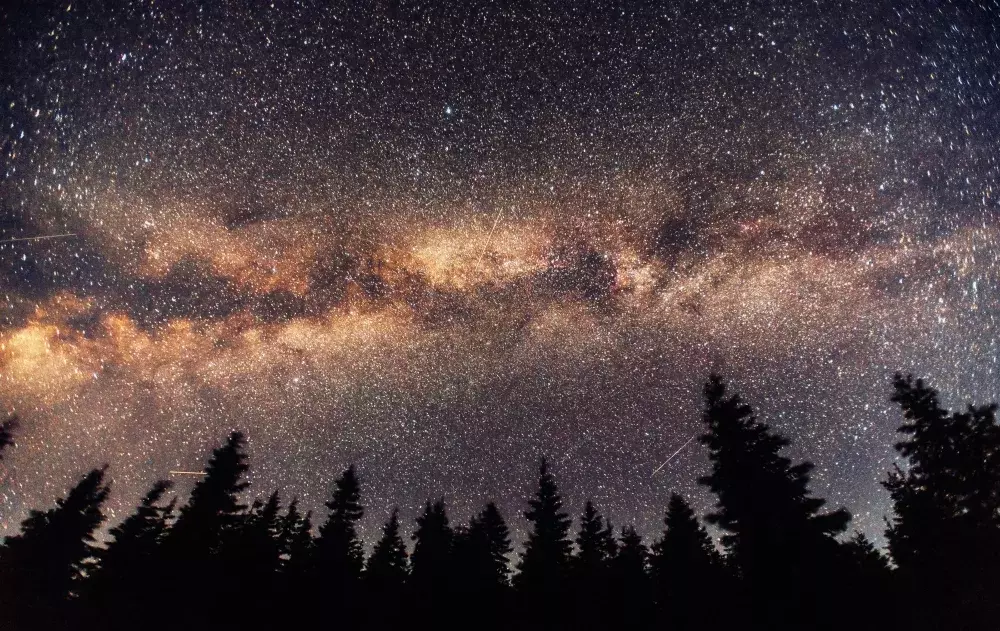Now is the time to look up as Mother Nature has some gifts planned for the night skies in this holiday season. Stargazing highlights in December 2023 include the year’s strongest meteor shower, a big, bright moon on Christmas, and even a visible asteroid.
According to NASA’s monthly “What’s Up” stargazing guide, here are some of the night-sky events worth noting on your calendar in December :
An ancient asteroid will be visible all month. The giant asteroid named Vesta — the brightest asteroid visible from Earth — will be at its most brilliant for the year this month. To search the sky for a glimpse experts recommend using a stargazing app and binoculars or, alternatively, a small telescope to look for it starting around 10 p.m., although it will reach its highest point in the sky between 1 and 2 a.m.
New moon on December 12: An occurrence that takes place approximately every 29 days, a new moon is the name given to the time in which the moon’s shadow side faces Earth, causing it to become invisible to to the human eye. New moons create extremely favourable conditions for stargazing because as they create the darkest skies possible for viewing fainter stars, planets, meteors and even the Northern Lights.
Geminid meteor shower peaks on December 13: Know for being a dependable and plentiful annual meteor shower, the Geminid meteor shower is known for producing up to 120 bright, brilliantly colored “shooting stars” per hour under ideal stargazing conditions. In terms of timing, meteors may be seen as early as 9 or 10 p.m., however the hourly number increases after midnight. Again, for optimal viewing it is recommended to select a viewing location away from urban lights.
Planets Saturn and Jupiter get cozy with the moon: Just after the sun sets on December 17, a lovely crescent moon becomes visible in very close proximity to the massive planet Saturn in the southwest skies. If you happen to have a set of binoculars, you are in for an added bonus: look for a faint dot next to Saturn and should you see it, that would be Saturn’s enormous moon, Titan. Then, on the evenings of December 21 and 22, bright Jupiter can be seen in near the almost full moon all night long.
The full moon on December 26: December’s official full moon will rise the day after Christmas, which means that this full moon will appear very big and bright on Christmas day. The December moon cycle has been given many names names across various cultures throughout history, including Moon Before Yule for ancient European pagans, and Minado Giisoonhs, or Little Spirit Moon, for some Anishinaabeg people in the Great Lakes region.
For more on what’s happening in the skies this month, visit science.nasa.gov/skywatching/whats-up.







